Article: Paint Protection Film (PPF): Everything You Need to Know Before Installing
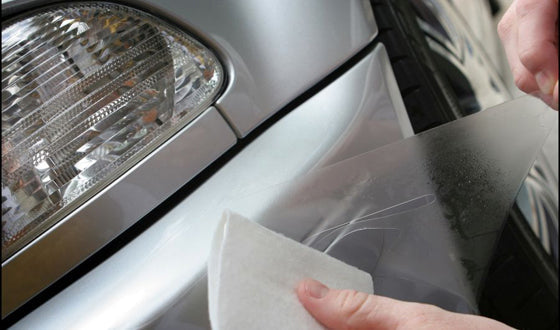
Paint Protection Film (PPF): Everything You Need to Know Before Installing
Is Vehicle Paint Protection Worth the Investment?
Have you ever noticed how new cars have that irresistible, mirror-like shine that makes every head turn? Unfortunately, that brand-new look doesn’t last long; daily driving, sunlight, road debris, and harsh weather quickly take their toll. That’s where Paint Protection Film (PPF) steps in. Often called “invisible armour” for your car, PPF is a transparent, ultra-thin polyurethane film applied to your vehicle’s exterior to protect it from scratches, chips, and stains.
Originally developed for military use to protect helicopter blades and high-performance aircraft surfaces, this technology made its way into the automotive world decades ago. Today, PPF is a game-changer for car paint protection, offering unmatched durability and long-term gloss retention. It’s not just for luxury vehicles anymore; drivers of all kinds are investing in automotive paint protection to preserve their cars’ appearance and value.
Unlike traditional waxing or ceramic coatings, which provide a surface-level shine and water repellency, PPF offers physical protection. Think of it like a second skin, flexible, self-healing, and capable of absorbing minor damage before it ever reaches your car’s paint. Whether you drive a daily commuter or a high-end sports car, understanding how PPF works and what it offers can help you make a smarter investment in your vehicle’s longevity.
If you’re new to PPF, check out our PPF tools collection, everything professionals use for clean, bubble-free installs →
How Paint Protection Film Works
The beauty of PPF lies in its engineering and material science. At first glance, it might look like just a clear layer of plastic, but beneath that surface lies a sophisticated multi-layer construction. Typically, a high-quality PPF consists of three main layers:
Topcoat Layer (Self-Healing): This outermost layer contains elastomeric polymers that allow the film to self-heal from light scratches and swirl marks when exposed to heat (like sunlight or warm water).
Urethane Layer: The middle layer is made from a flexible yet durable thermoplastic polyurethane that absorbs impacts from rocks, gravel, and minor abrasions.
Adhesive Layer: This ensures the film adheres perfectly to the car’s painted surface without damaging or leaving residue when removed.
Here’s the science: when your car’s surface gets minor scratches, the film’s topcoat naturally returns to its original shape under heat, eliminating visible imperfections. It’s like having a magical eraser for your paint!
For a complete setup, you can also explore PPF tool kits that include all the essentials for flawless application →
Modern PPFs also include UV inhibitors that block harmful ultraviolet rays, preventing oxidation and fading. This means your car’s paint stays vibrant and fresh, even after years of sun exposure. Combined with hydrophobic properties (resisting water and dirt), PPF offers a near-maintenance-free experience that keeps your car looking like it just rolled off the showroom floor.
Types of Paint Protection Film
When choosing the right automotive paint protection, it’s important to understand the types available. Not all films are created equal, and depending on your car’s colour, usage, and style preferences, different PPFs may be more suitable.
1. Standard Clear PPF
This is the most common and affordable option, offering transparent protection with a glossy finish. It’s perfect for anyone who wants to keep their car’s original look intact while adding a layer of defence.
2. Matte and Satin PPF
Love the look of a matte finish, but don’t want to repaint your car? Matte PPFs can transform your vehicle’s appearance instantly while providing the same high-level protection. They’re especially popular among enthusiasts who want something unique without compromising durability.
3. Colored or Custom PPF
Some manufacturers now offer tinted or colored PPFs to match or accent specific areas of your vehicle. You can even find carbon fibre or stealth-style films that add visual depth and personality. This type of customisation allows for aesthetic enhancement along with protection, a win-win for car lovers.
Regardless of which type you choose, it’s crucial to have it installed by a certified professional. PPF installation requires precision cutting and application in a dust-free environment to ensure a flawless, bubble-free finish.
Different PPF finishes may need specific tools, like our PPF squeegees for spreading film evenly without streaks or scratches →
Top Benefits of Paint Protection Film

So, what exactly makes PPF worth it? The list of benefits is long, and for many car owners, compelling enough to make it an essential purchase right after buying a new vehicle.
1. Defence Against Scratches and Rock Chips
Every time you hit the road, your car faces a barrage of tiny rocks, insects, and debris. Over time, these create chips and scratches that dull your car’s paint. PPF absorbs these impacts, preventing permanent damage and keeping the paint underneath flawless.
2. UV and Oxidation Protection
Constant exposure to sunlight can cause your car’s paint to fade or oxidise. PPF blocks UV rays, maintaining your vehicle’s original paint tone and gloss for years.
3. Self-Healing Properties
One of the most impressive aspects of modern PPF is its self-healing technology. Minor scratches or scuffs disappear when exposed to heat, meaning your car always looks freshly polished.
4. Easy Maintenance and Cleaning
Thanks to its hydrophobic surface, dirt and grime slide off effortlessly. You’ll spend less time washing your car and more time enjoying it.
5. Preserves Resale Value
A well-maintained exterior can increase your car’s resale value by thousands. Since PPF prevents visible wear and tear, potential buyers are more likely to pay a premium for a vehicle that looks newer than its age suggests.
6. Enhances Aesthetics
High-quality films add a deep gloss or matte finish that accentuates your car’s design lines. Whether you want a mirror-like shine or a stealthy satin finish, PPF enhances the car’s visual appeal significantly.
In short, PPF isn’t just a luxury; it’s a long-term investment that pays off in the form of beauty, durability, and peace of mind.
To maintain a car’s pristine look after installation, browse our car detailing tools designed for PPF-safe cleaning and care →
PPF vs. Other Car Paint Protection Options
Car owners today have several options when it comes to vehicle paint protection, from traditional wax to high-tech ceramic coatings. However, PPF stands apart for one key reason: physical protection.
| Protection Type | Durability | Protection Level | Maintenance | Cost Range |
|---|---|---|---|---|
| Wax | 1–3 months | Low (surface shine only) | Frequent reapplication | $50–$150 |
| Ceramic Coating | 1–5 years | Medium (chemical and UV protection) | Moderate | $800–$1,500 |
| Paint Protection Film (PPF) | 5–10+ years | High (physical, UV, and chemical protection) | Low | $1,500–$5,000+ |
Wax
Wax adds shine but offers minimal protection from scratches or chips. It’s ideal for older vehicles or as a temporary gloss enhancer.
Ceramic Coating
Ceramic coatings bond with your paint at the molecular level, creating a slick, hydrophobic surface. They’re excellent for UV and chemical resistance, but cannot prevent physical damage.
Paint Protection Film (PPF)
PPF combines the best of both worlds, offering long-lasting shine and true physical defence. In fact, many professionals recommend applying ceramic coating on top of PPF for maximum durability and easier cleaning.
Many installers pair PPF with window tint tools for a full vehicle protection package →
Cost and Installation of Paint Protection Film
Let’s be honest, Paint Protection Film (PPF) isn’t cheap. But before you dismiss it as too expensive, it’s important to understand why the cost is what it is and how the long-term benefits often outweigh the price tag.
The cost of automotive paint protection depends on several factors, including the type of vehicle, the quality of the film, and the amount of coverage you choose. For example:
Partial Front Coverage (Bumper, Hood, Mirrors): $700–$1,200
Full Front Coverage (Hood, Fenders, Bumper, Mirrors): $1,500–$2,500
Full Vehicle Wrap: $4,000–$7,000+, depending on size and film type
Luxury cars or exotic models often cost more due to their complex curves and paint quality. However, even for mid-range vehicles, the protection PPF offers can save thousands of dollars in repainting or touch-up costs over time.
Professional vs. DIY Installation
While there are DIY PPF kits available online, installing PPF correctly requires specialised tools, training, and a controlled environment. Professionals use precision-cut templates designed for each vehicle model, ensuring exact alignment and minimal visible edges.
A poorly installed film can bubble, peel, or trap dust underneath, ruining the car’s appearance. Professionals not only have the right skills but also offer warranties that protect your investment.
When working with edges or complex shapes, knifeless tape helps trim film precisely without risking paint damage →
Maintenance and Care After Installation
Once applied, your PPF needs about 48 hours to fully cure. During this time, avoid washing the car or exposing it to extreme weather. After curing, maintenance is simple:
- Wash your car with pH-neutral soap and microfiber towels.
- Avoid abrasive cleaners, waxes, or strong solvents.
- For added gloss and longevity, apply a PPF-safe sealant every few months.
When maintained correctly, premium films like XPEL, 3M, or SunTek can last up to 10 years, providing long-term, worry-free protection.
Common Myths About Paint Protection Film
Despite its growing popularity, there are still plenty of myths surrounding vehicle paint protection, and these misconceptions often prevent people from investing in it. Let’s set the record straight.
Myth 1: PPF Turns Yellow Over Time
This was true in the early 2000s when cheaper films lacked UV-resistant coatings. However, modern PPFs use advanced aliphatic polyurethane that resists discolouration. Most come with a 10-year warranty against yellowing, cracking, or bubbling.
Myth 2: PPF Peels or Bubbles Easily
Improper installation or low-quality films can lead to bubbling, but professional-grade films installed by certified technicians adhere seamlessly. Advanced adhesives ensure a smooth, invisible finish that won’t peel off prematurely.
Myth 3: It’s Only for Expensive Cars
While luxury car owners were the first to adopt PPF, it’s now common among daily drivers, SUVs, and even trucks. Protecting your investment, no matter the price point, makes financial sense. After all, paint repairs can cost more than the film itself.
Myth 4: PPF Is Permanent
PPF is removable and replaceable, which is one of its biggest advantages. It can be safely removed without damaging the paint underneath, allowing for new applications or upgrades later on.
Myth 5: It’s Not Worth It
Many people think PPF is unnecessary, especially if they drive short distances. But even short commutes expose cars to gravel, insects, tree sap, and bird droppings, all of which can damage paint. PPF prevents this and keeps your car looking newer, longer.
The reality? Paint Protection Film is a long-term, high-value solution that gives you both cosmetic and financial peace of mind.
For workshops handling multiple installs, explore our workshop tools to keep your space organised and efficient →
The Science Behind Automotive Paint Protection
The magic of automotive paint protection comes down to nanotechnology and polymer chemistry. The PPF of today is nothing like the films of decades past. Let’s break down what makes it so advanced.
At its core, PPF is made from thermoplastic polyurethane (TPU), a highly elastic and transparent material known for its strength, flexibility, and clarity. TPU has the unique ability to absorb impacts and stretch without breaking or tearing. When heated, it naturally returns to its original shape, which is what allows for self-healing properties.
Nanotechnology at Work
Modern PPFs often incorporate nano-coatings, microscopic layers that enhance resistance against contaminants, UV rays, and oxidation. This means the film not only protects the paint but also repels water, dirt, and oil.
Some advanced films use ceramic-infused nanolayers, combining the hydrophobic benefits of ceramic coatings with the physical durability of PPF. This hybrid approach gives you the best of both worlds: superb gloss, protection, and ease of cleaning.
Environmental Resistance
PPF stands strong against environmental challenges:
UV Radiation: Prevents paint fading.
Acid Rain and Bird Droppings: Blocks corrosive chemicals from reaching the paint.
Road Salt and Debris: Shields paint from harsh winter elements.
When you look at the science behind PPF, it’s clear that this isn’t just a protective layer; it’s a technological marvel designed to keep your car’s paint in pristine condition, no matter the conditions.
Keep your essentials handy with a tool bag designed for PPF installers on the go →
Is Vehicle Paint Protection Worth the Investment?
This is the million-dollar question every car owner asks before installation: Is it really worth it? The answer, in most cases, is a resounding yes.
Let’s put it into perspective. The average cost of repainting a car’s hood due to chips or scratches can range from $600 to $1,000. Multiply that by a few damaged areas over the years, and you’ve already spent more than what a PPF installation costs. PPF prevents these issues from ever occurring.
Long-Term Cost Efficiency
Instead of repainting or touching up your car every couple of years, you get 5 to 10 years of consistent protection. The ROI (Return on Investment) becomes clear when you consider how much money and effort you save on detailing, paint correction, and repainting.
Protection for All Vehicle Types
From luxury sedans and sports cars to everyday commuters and trucks, vehicle paint protection benefits everyone. If you park outdoors, drive on highways, or simply want to maintain that “new car” shine, PPF is worth every penny.
Peace of Mind
Perhaps the biggest benefit is psychological. When your car is protected, you don’t have to worry about small rocks, bird droppings, or careless pedestrians scratching your paint. You can enjoy your vehicle fully, stress-free.
In essence, PPF is an investment in longevity, both for your car’s appearance and your wallet.
Avoid uneven cuts by using professional knives, cutters, and blades made for precision film trimming →
Ideal Time to Install PPF on Your Car
Timing is crucial when it comes to applying auto paint protection. The best time to install PPF is as soon as you buy your new car, before it hits the road.
Why Install Early?
New cars come with factory-fresh paint that hasn’t been exposed to contaminants. Installing PPF early ensures that this perfect paint is sealed and preserved right from the start. Even a few days of driving can lead to micro-chips or swirl marks that become visible under the film if applied later.
Seasonal Considerations
While PPF can be installed year-round, spring and fall are often ideal. These seasons offer moderate temperatures and humidity, which help the adhesive bond perfectly. In extremely hot or cold conditions, curing may take longer.
For Older Cars
Even if your vehicle isn’t brand new, PPF can still provide huge benefits. However, it’s essential to restore the paint first through polishing or paint correction. This ensures a flawless surface underneath the film, giving your car a rejuvenated appearance and lasting protection.
Remember: it’s never too late to protect your vehicle, but the earlier you do it, the better the results, and the longer your paint will stay beautiful.
To fix bubbles or film lift, our vehicle wrapping tools also work great for smoothing out tricky edges on PPF installs →
Factors to Consider Before Installing PPF
Before rushing to your nearest auto detailing shop, it’s essential to understand that not all Paint Protection Film (PPF) or installers are created equal. Choosing the wrong film or a poor installation service can cost you more than you expect. Here are several critical factors to consider before committing to this investment.
1. Condition of Your Paint
If your car is brand new, congratulations, you’re in the perfect position to install PPF. However, if your car is a few years old, inspect the paint carefully. Swirl marks, chips, or oxidation should be corrected before installation. Any imperfections under the film will remain visible and may even worsen over time. Always ask your installer if they offer paint correction services before applying the film.
2. Type and Quality of PPF
There are many brands in the market, such as XPEL, 3M, STEK, SunTek, and Llumar, each offering different levels of durability and finish. High-end films often come with advanced features like self-healing, stain resistance, UV blockers, and long warranties. Opting for a cheaper, low-grade film may save you a few hundred dollars upfront, but it can yellow, peel, or degrade much faster.
3. Coverage Options
Decide whether you want partial or full-body coverage. If your budget is limited, prioritise high-impact areas like the front bumper, hood, side mirrors, and fenders. For maximum protection and aesthetics, a full-body wrap is ideal. Some enthusiasts even combine PPF with ceramic coatings for the ultimate protection layer.
4. Installer Experience and Reputation
PPF application is an art that requires precision. Always choose a certified and experienced installer with a clean workspace and proper lighting. Ask to see their previous work or customer reviews. A skilled professional will use computer-cut templates specific to your car model, ensuring a seamless finish with minimal visible edges.
5. Warranty and Aftercare
Lastly, don’t overlook the warranty. Reputable films offer 7–12 years of protection against yellowing, cracking, and peeling. Confirm that both the film and installation are covered under warranty. Additionally, ask for clear aftercare instructions to keep your PPF performing its best.
By taking these factors into account, you’ll ensure your automotive paint protection looks flawless and lasts for years, turning your car into a shining example of smart ownership.
Maintenance Tips for Long-Lasting Paint Protection
Installing PPF is just the beginning. To maximise its lifespan and appearance, you need to follow a simple yet effective maintenance routine. Thankfully, keeping your PPF in top condition is much easier than maintaining unprotected paint.
1. Regular Washing
Dirt, road grime, and bird droppings can still accumulate on your film. Wash your car every two weeks using:
- A pH-balanced car shampoo (avoid dish soap or harsh detergents).
- A microfiber mitt for gentle scrubbing.
- A two-bucket method to prevent reintroducing dirt.
- Avoid pressure washing directly on film edges, as high-pressure jets can lift or damage them over time.
2. Avoid Harsh Chemicals
Steer clear of degreasers, strong solvents, or alcohol-based cleaners. These can break down the topcoat or discolour the film. Always use PPF-safe cleaning products or detailing sprays.
3. Use Sealants and Sprays
To enhance shine and hydrophobicity, apply a PPF-safe ceramic spray or sealant every 2–3 months. These products add an extra layer of slickness and make washing easier.
4. Inspect Regularly
Check the film periodically for signs of lifting, bubbling, or damage, especially around edges and high-impact zones. Address issues early before dirt or moisture gets underneath.
5. Handle with Care
When drying your car, always use soft microfiber towels. Avoid abrasive brushes, automatic car washes, or anything that could create micro-scratches.
Bonus Tip: Combine PPF with Ceramic Coating
A growing trend among enthusiasts is applying a ceramic coating on top of PPF. This hybrid protection creates an ultra-glossy surface that’s easier to maintain and even more resistant to chemicals and contaminants.
By following these tips, your auto paint protection will look fresh, glossy, and brand-new for years, proving that prevention is truly better than cure.
To maintain clarity and gloss, use our car detail kits that help preserve your PPF’s protective shine →
Environmental and Aesthetic Benefits of PPF
Beyond its protective features, Paint Protection Film (PPF) offers a range of environmental and aesthetic advantages that often go unnoticed. In an era where sustainability and style both matter, PPF ticks both boxes perfectly.
1. Reduces Need for Repainting
Car paint correction, polishing, and repainting often involve toxic chemicals and solvents. By applying PPF, you minimise the frequency of such processes, reducing your car’s environmental footprint. The film acts as a sustainable barrier, cutting down on waste and chemical pollution.
2. Lowers Water Consumption
Because PPF resists dirt and stains, you’ll need to wash your car less frequently. Over time, this translates into hundreds of gallons of water saved, making it an eco-friendly choice for conscientious drivers.
3. Long-Term Aesthetic Appeal
Whether you prefer a high-gloss shine or a sleek matte finish, PPF keeps your vehicle looking new. Unlike waxes that fade or coatings that wear out, PPF maintains its look for up to a decade. It enhances the depth and clarity of your car’s colour, giving it a showroom-quality finish every day.
4. Customisation Opportunities
Modern PPF technology allows for aesthetic creativity. You can now find colored, satin, or carbon fibre-patterned films that not only protect but also personalise your car’s look. For car enthusiasts who want to stand out, PPF provides a creative yet protective outlet.
5. Contribution to Vehicle Longevity
By preventing oxidation, corrosion, and UV degradation, PPF ensures your vehicle’s body panels remain strong and intact. This reduces the need for replacement parts and paint jobs, further contributing to environmental conservation.
In short, PPF isn’t just about vanity; it’s about responsibility, efficiency, and sustainability. It’s a modern solution for people who care about their car and the planet.
Future Trends in Vehicle Paint Protection
As automotive technology advances, vehicle paint protection is evolving at a remarkable pace. From smart films to eco-friendly innovations, the next generation of PPF promises even greater performance and convenience.
1. Smart Self-Healing Films
The self-healing capability of today’s films will soon go beyond heat activation. Researchers are developing “smart polymers” that respond to light, pressure, or electric signals to repair damage instantly, even at room temperature.
2. AI-Assisted Installation
Advanced software and AI-driven cutting systems are making installation faster and more precise. This minimises waste, reduces human error, and ensures seamless coverage even on complex vehicle curves.
3. Biodegradable and Eco-Friendly PPF
Manufacturers are now exploring bio-based polyurethane derived from renewable materials. These films offer the same durability but are environmentally degradable, reducing plastic waste in the long term.
4. Enhanced Hydrophobic and Anti-Stain Properties
Future films will feature nanostructured surfaces that mimic lotus leaves, making them even more resistant to dirt, oil, and chemicals. Your car could stay cleaner for weeks with minimal maintenance.
5. Integrated Ceramic-PPF Hybrids
Imagine a single film that combines the strength of PPF with the slickness of ceramic coating. This is already in the works, promising easier installation and unmatched protection in one application.
The future of automotive paint protection is exciting. With constant innovation, car owners can expect even more efficient, sustainable, and intelligent solutions that make protecting their vehicle effortless and rewarding.
If you’re removing or replacing film, check out our decal removal tools that safely lift film without damaging paint →
FAQs
How long does paint protection film last?
High-quality PPF typically lasts between 7 to 10 years, depending on the brand, maintenance, and driving conditions. Some premium films even come with extended warranties of up to 12 years.
Can PPF be applied over a ceramic coating?
No, PPF should always be applied before ceramic coating. However, you can apply ceramic coating on top of PPF to enhance gloss and make cleaning easier.
Does PPF affect the colour or gloss of the paint?
Not at all. In fact, most PPFs enhance the car’s gloss and depth. Matte PPFs can also create a unique satin or stealth finish without altering the paint colour itself.
Is it safe to wash a car with PPF?
Yes, but avoid automatic car washes with brushes. Use gentle, hand-wash methods and pH-neutral soap to preserve the film’s topcoat and longevity.
What happens if PPF gets damaged?
Minor scratches self-heal with heat. For deeper cuts, a professional can replace the affected section without removing the entire film. This makes repairs quick and cost-effective.
Conclusion
In today’s world, your car is more than just a mode of transportation; it’s a reflection of your personality, care, and investment. Paint Protection Film (PPF) stands as one of the smartest ways to preserve that investment. From shielding your paint against scratches, chips, and UV damage to enhancing gloss and resale value, PPF offers comprehensive protection unlike any other product on the market.
It’s not just for luxury vehicles; every driver can benefit from the peace of mind that comes with knowing their car is shielded from daily wear and tear. While the upfront cost may seem high, the long-term savings, aesthetic benefits, and environmental advantages make it more than worth it.
So whether you’re a car enthusiast or simply someone who values quality, investing in PPF is a decision that pays dividends for years to come. Keep your car looking new, drive with confidence, and enjoy every mile knowing your vehicle is protected by the most advanced film technology available today.
Are you unsure which tool or kit is right for your job?
Our expert team at Oz Sign Supplies is here to help. Reach out today, and we’ll direct you to the best tools to suit your project, ensuring you get the job done right the first time.


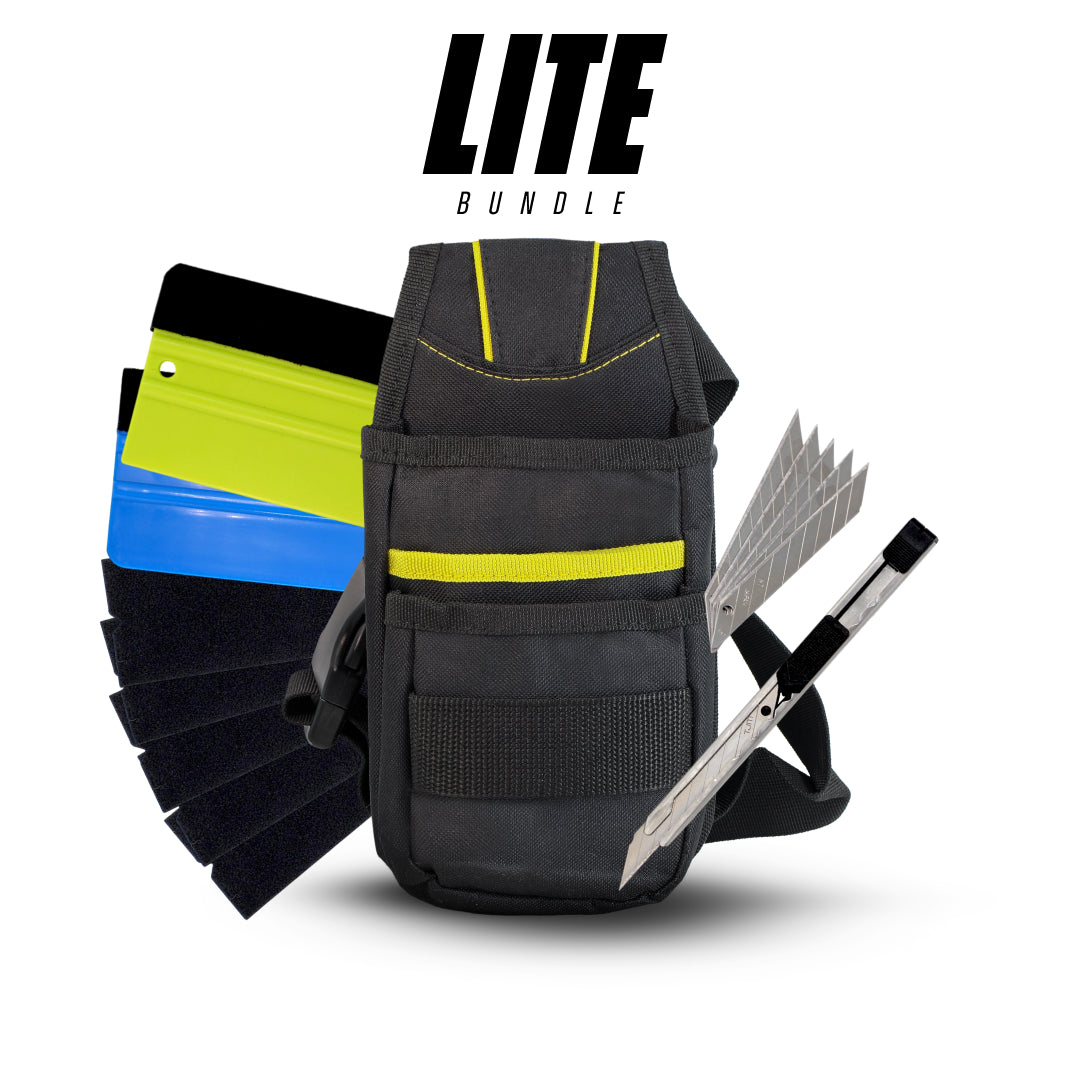
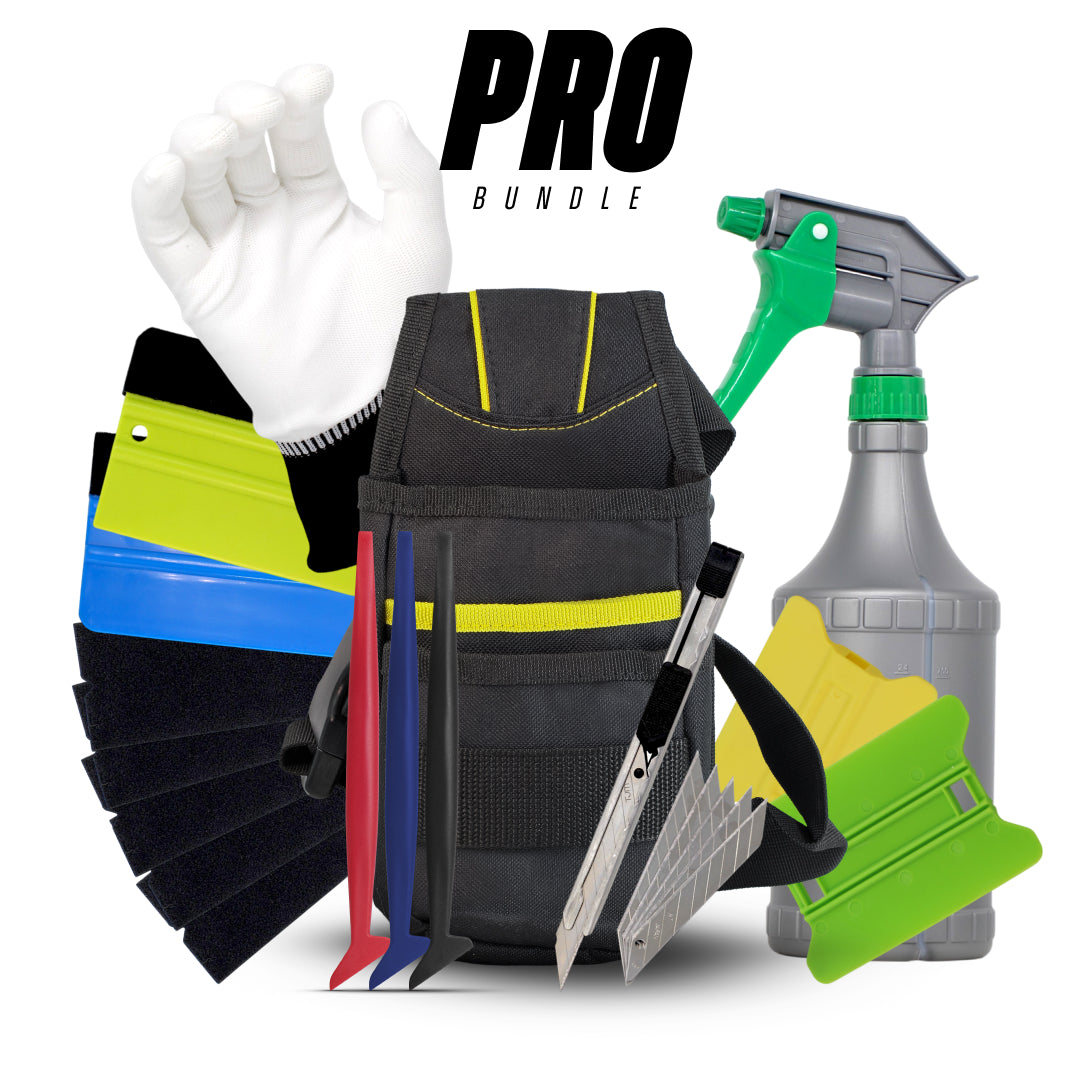
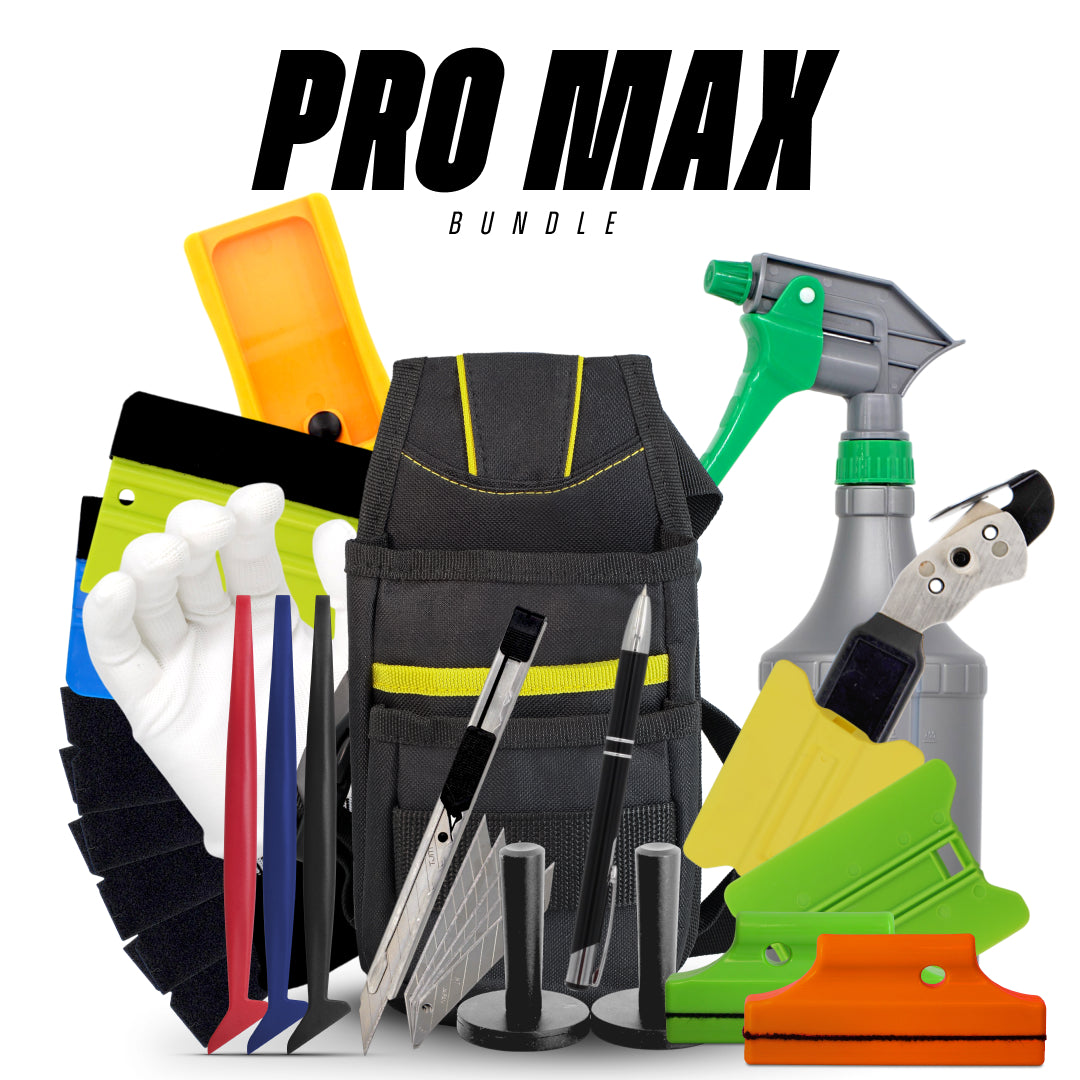
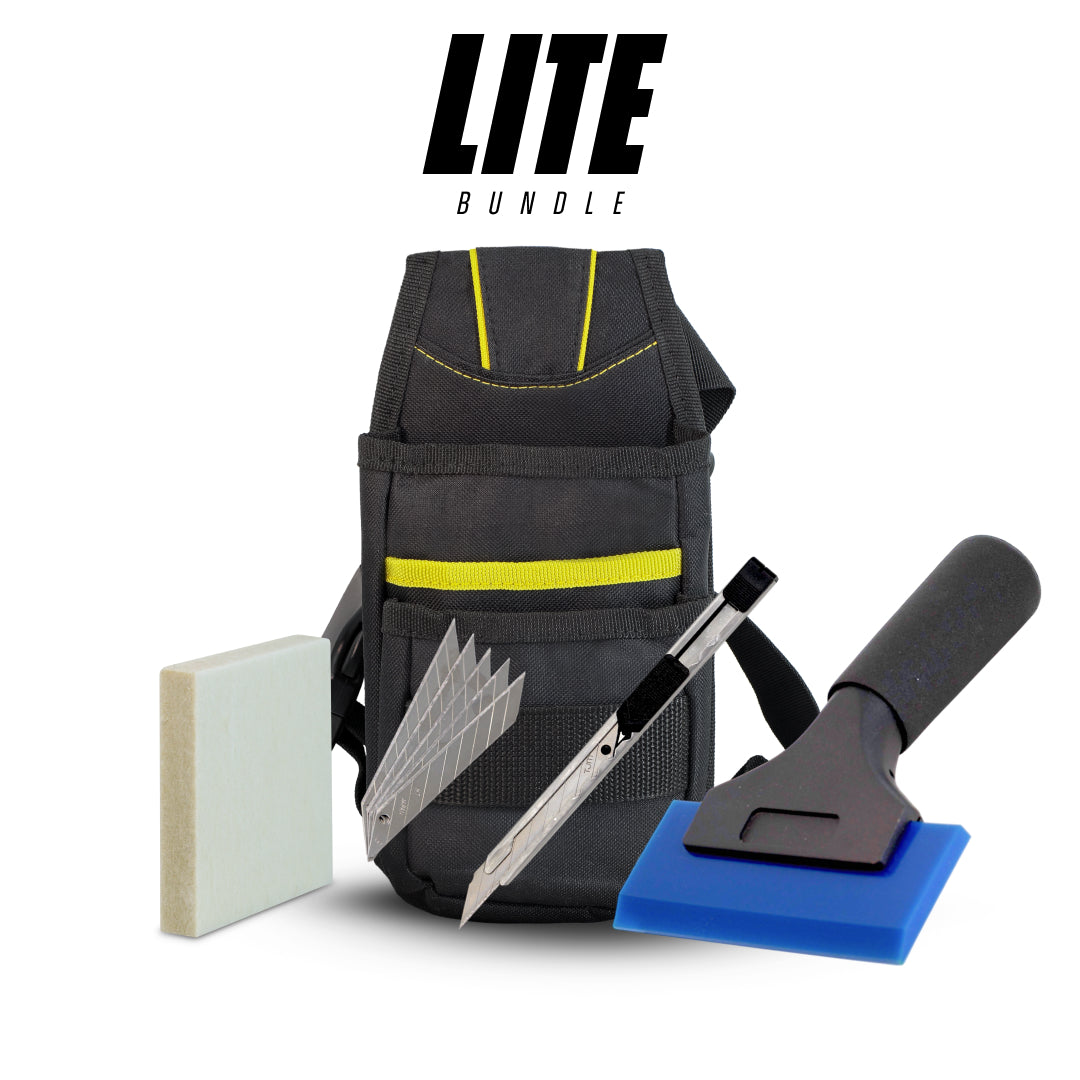
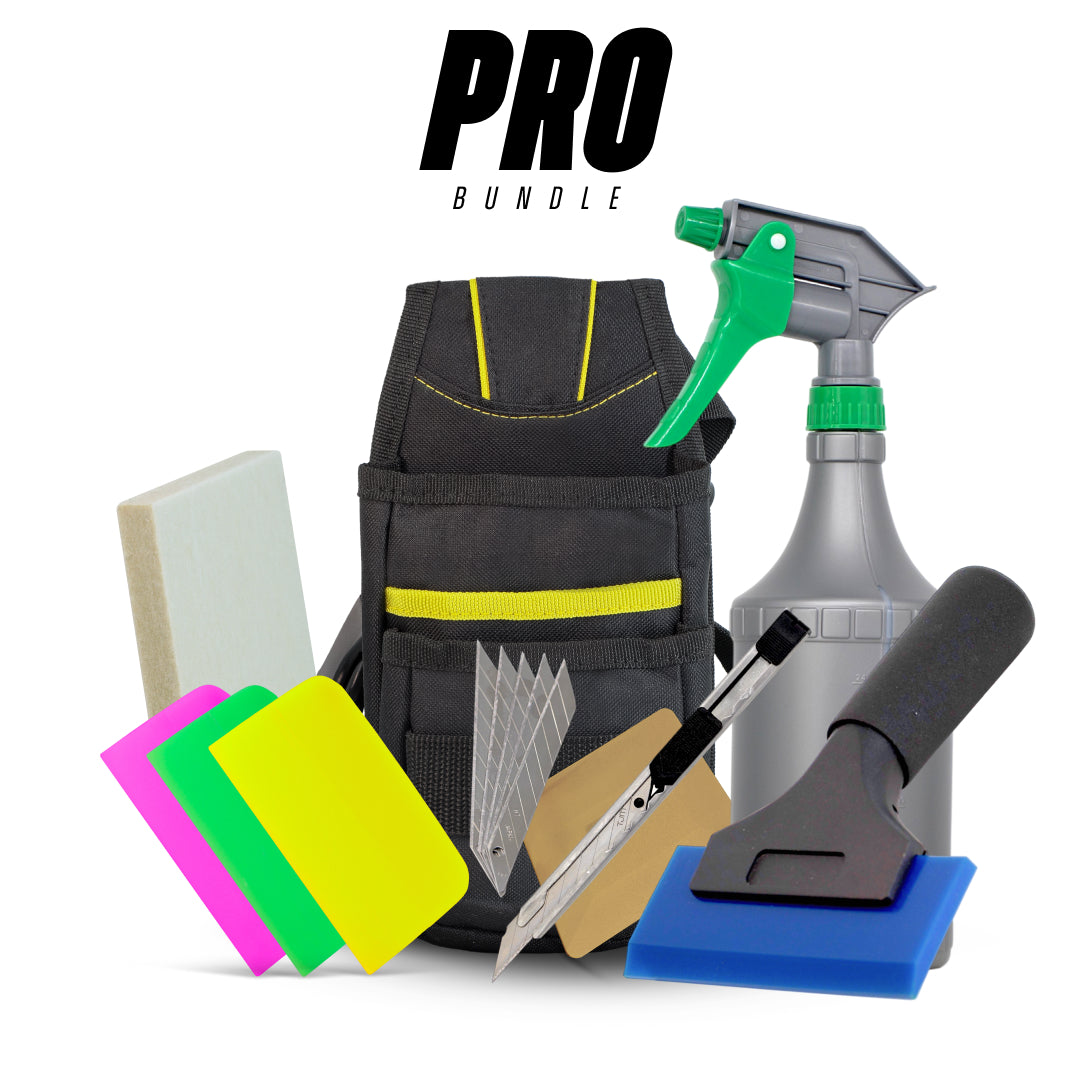
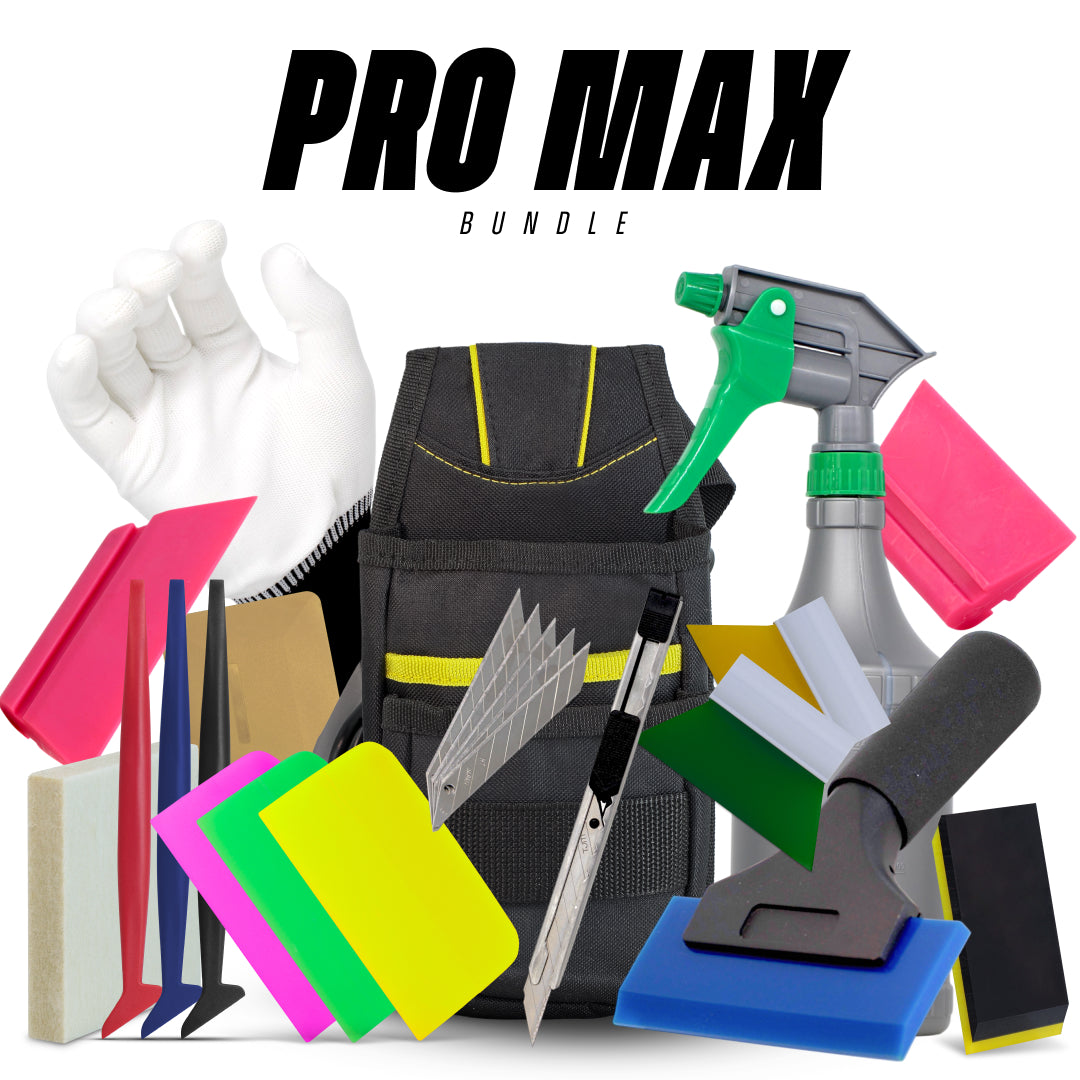
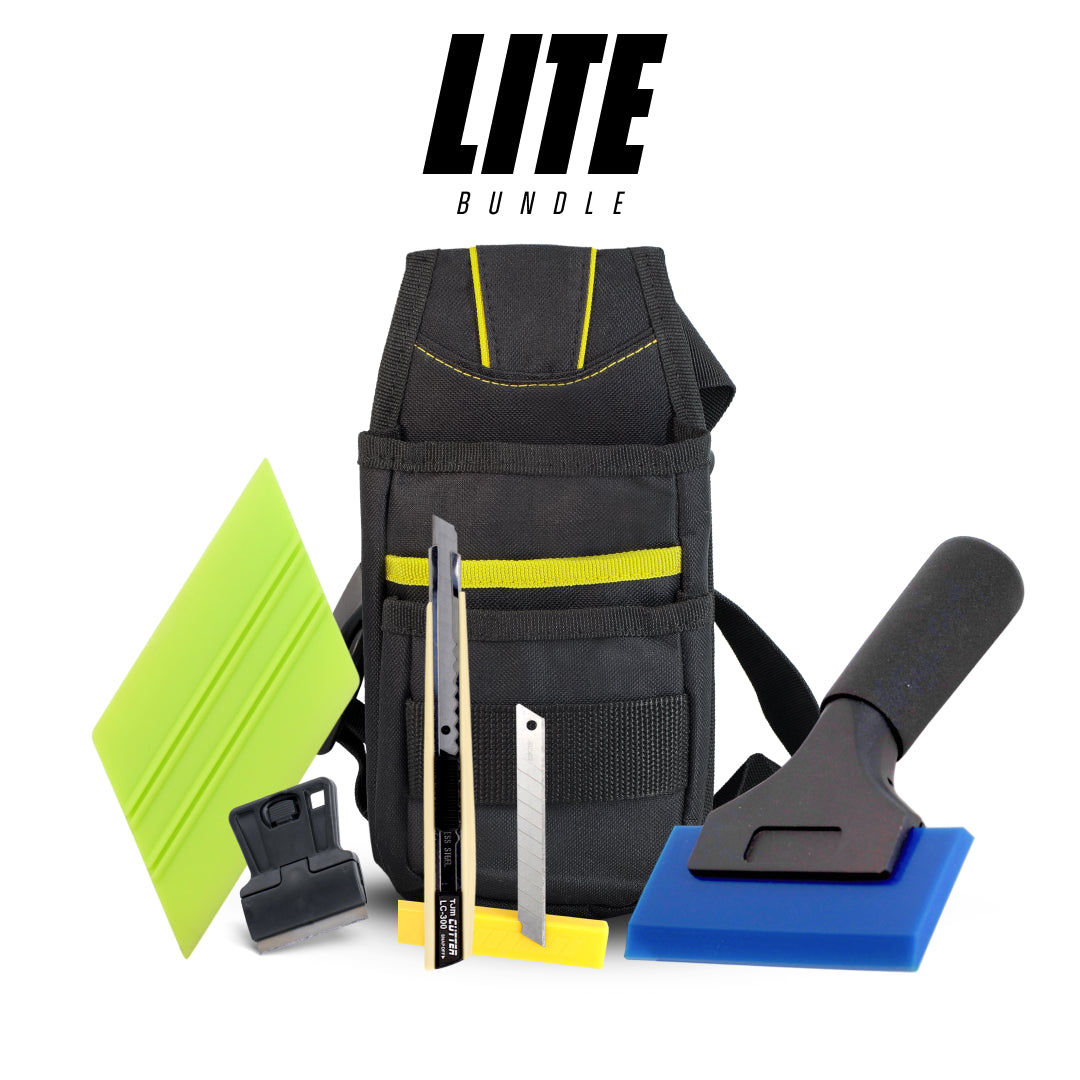
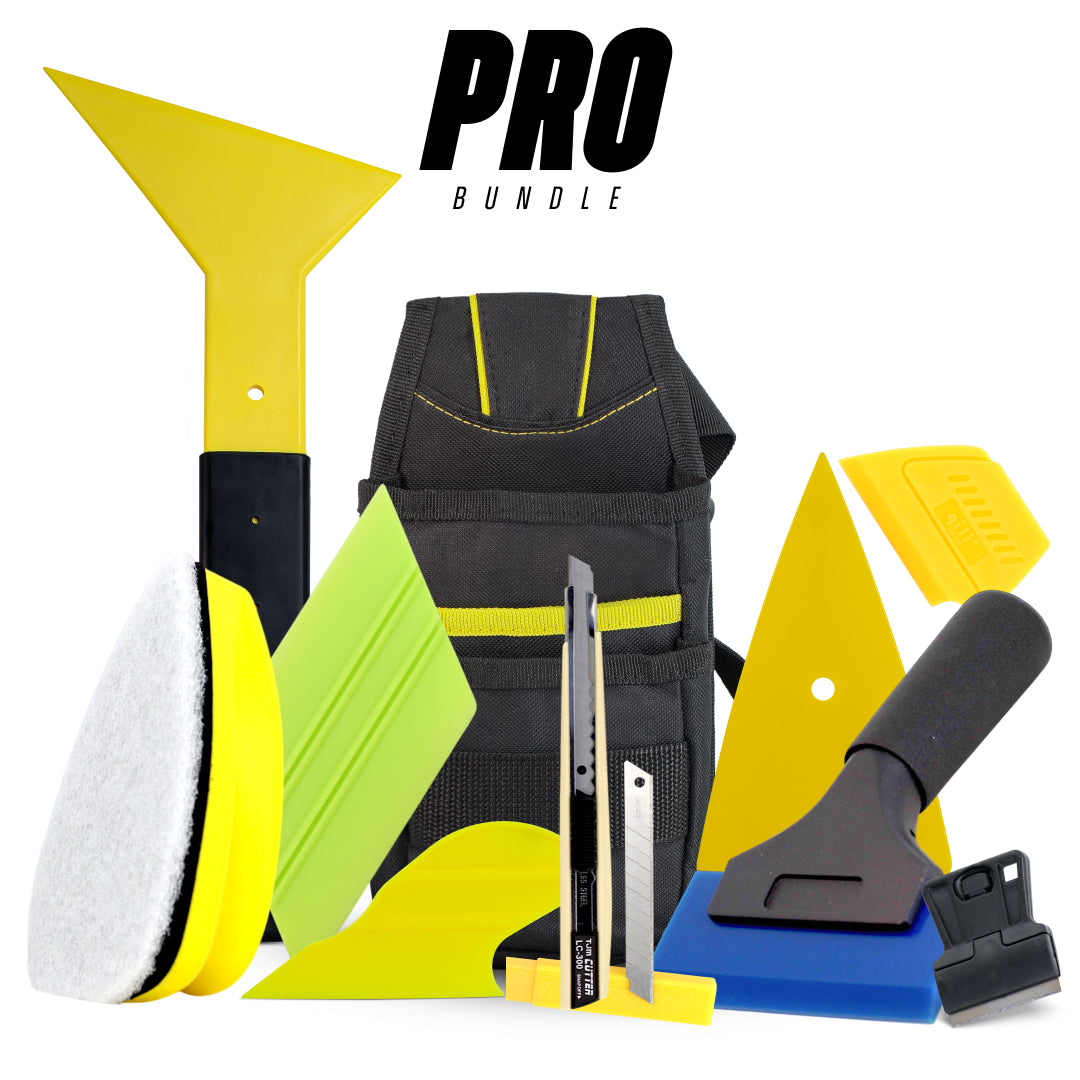
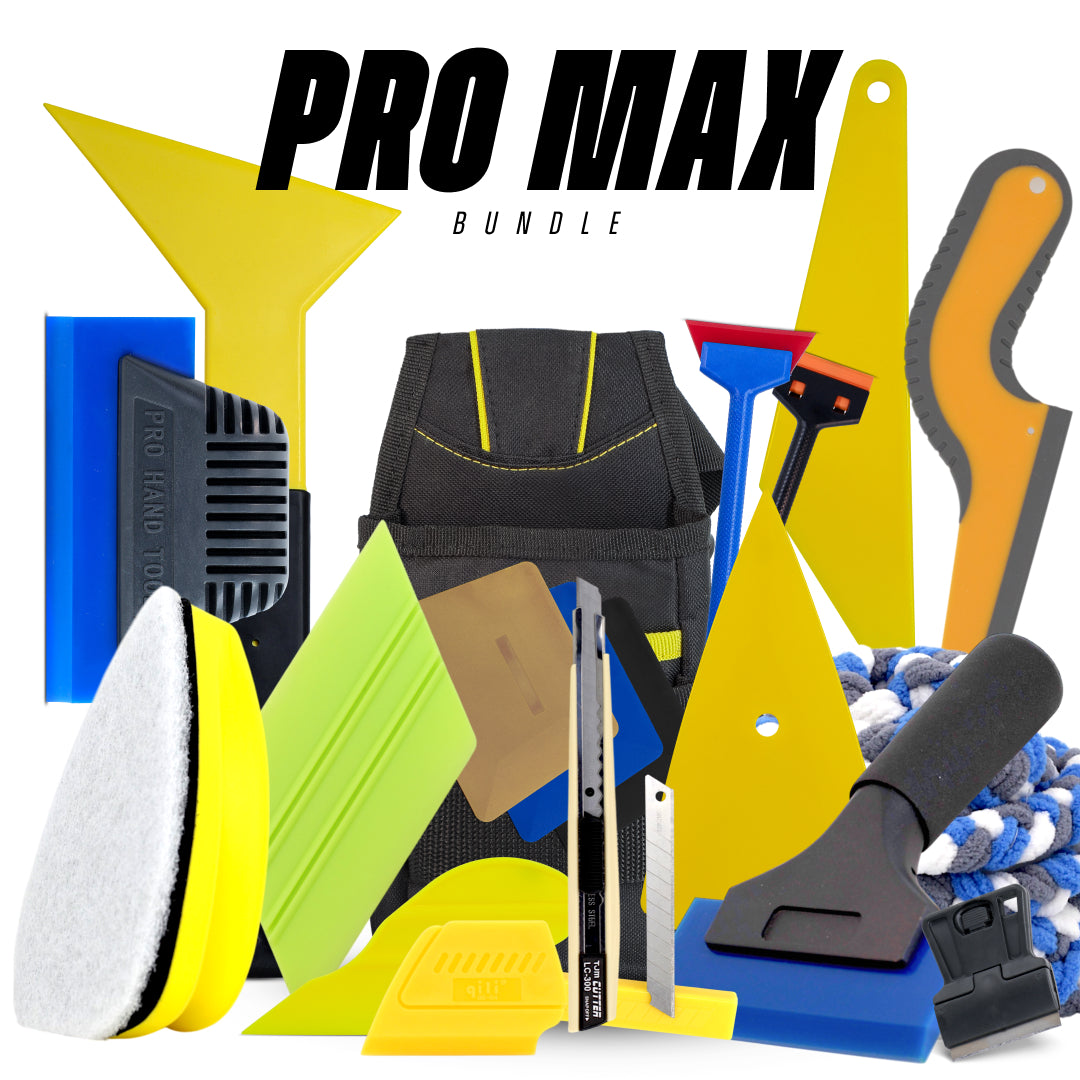
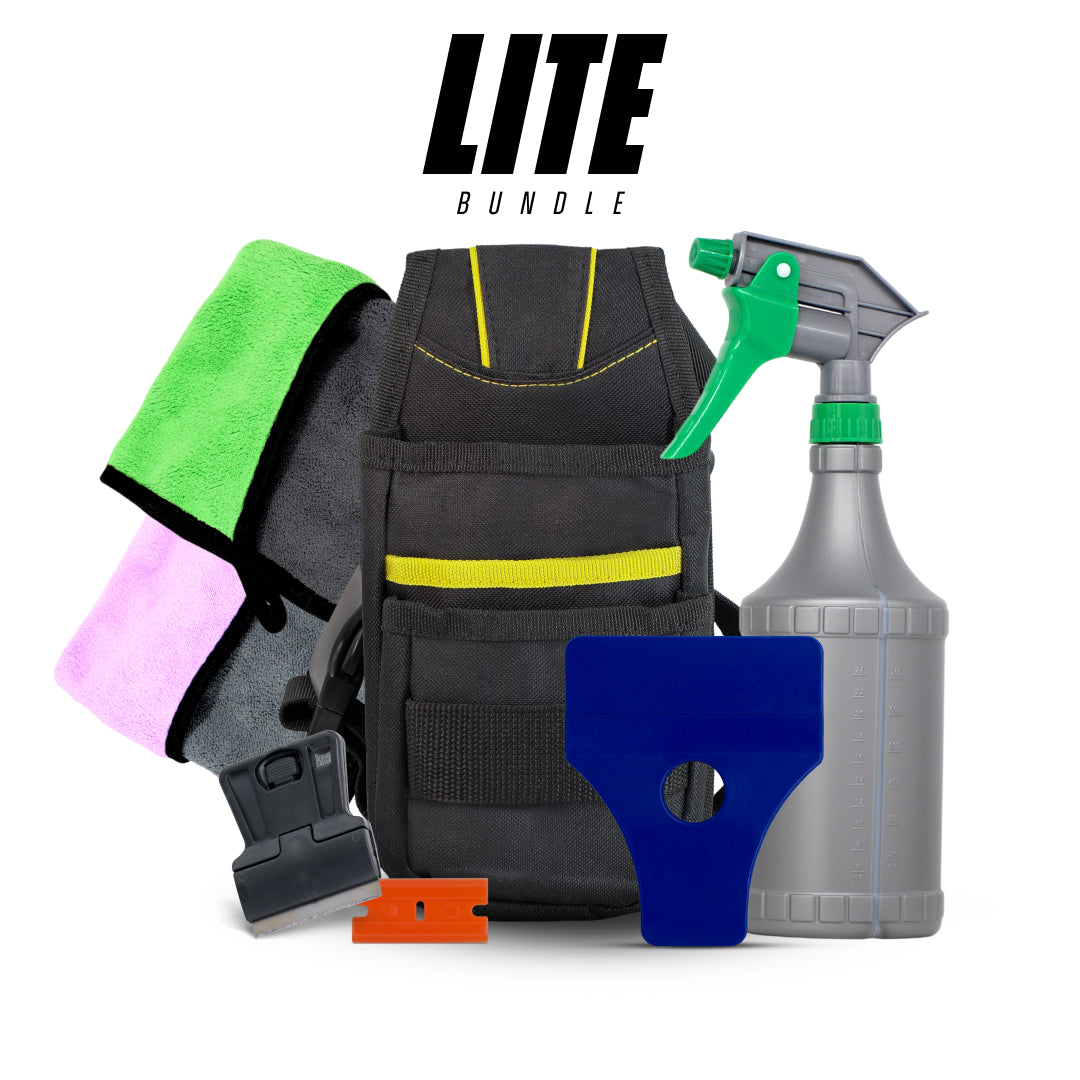
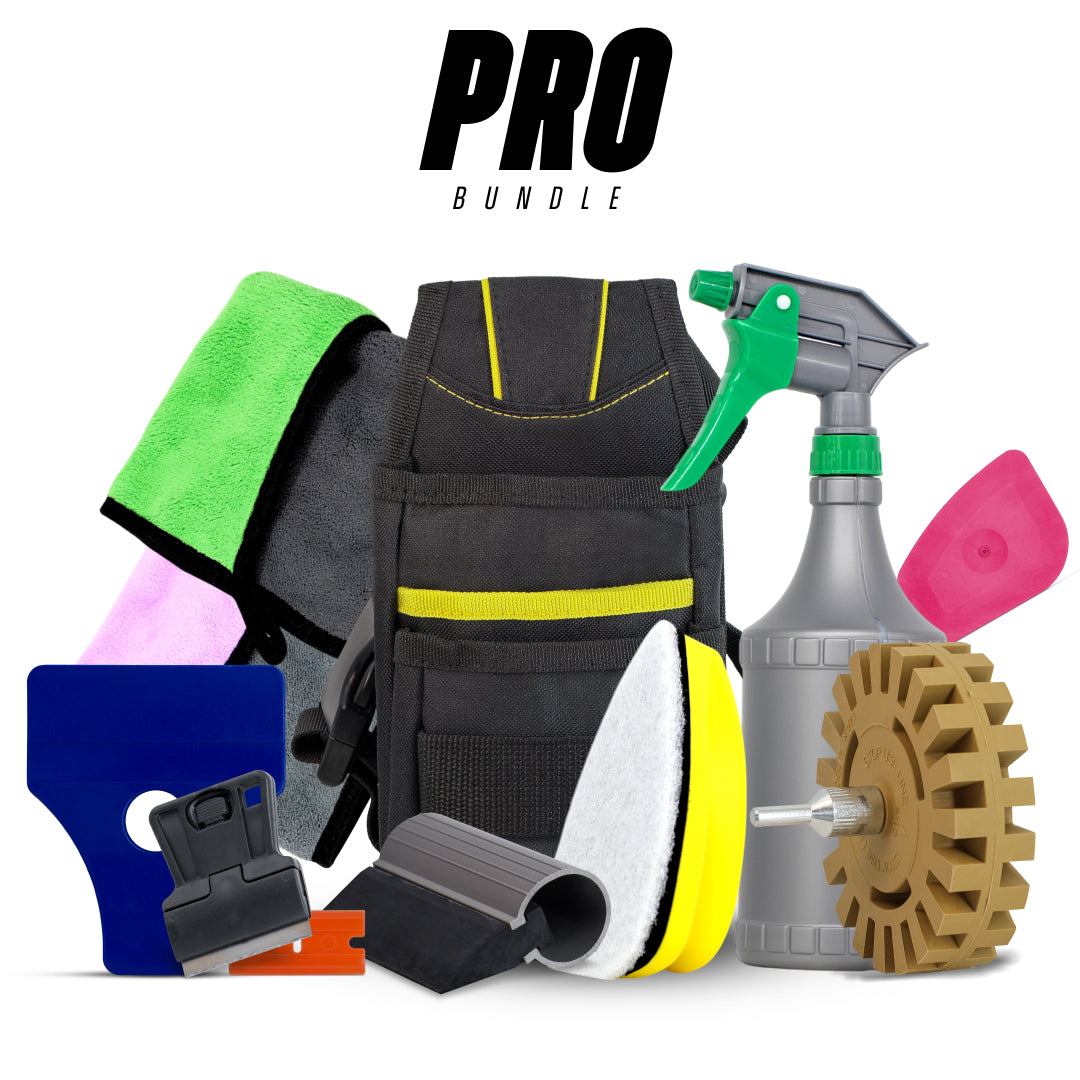
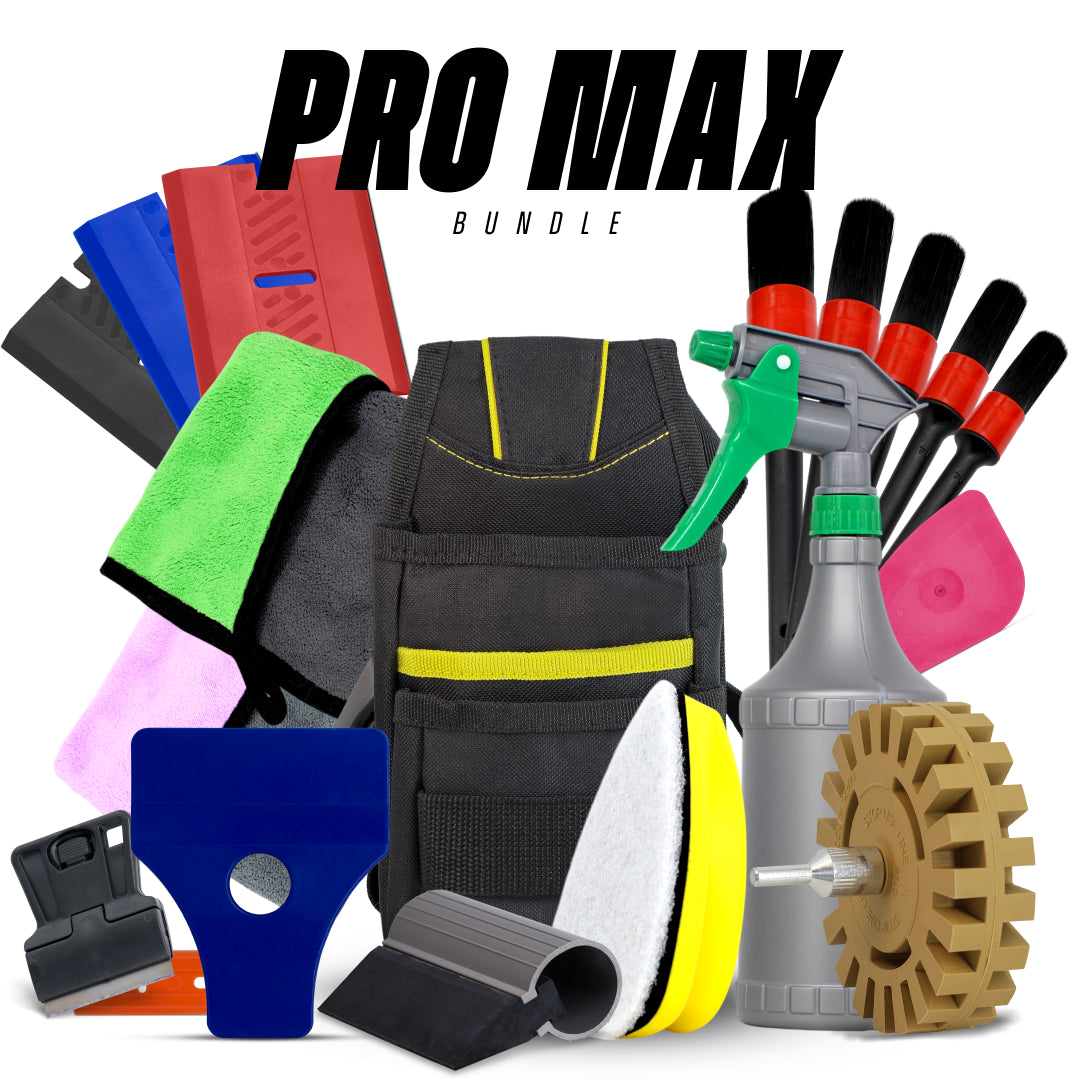
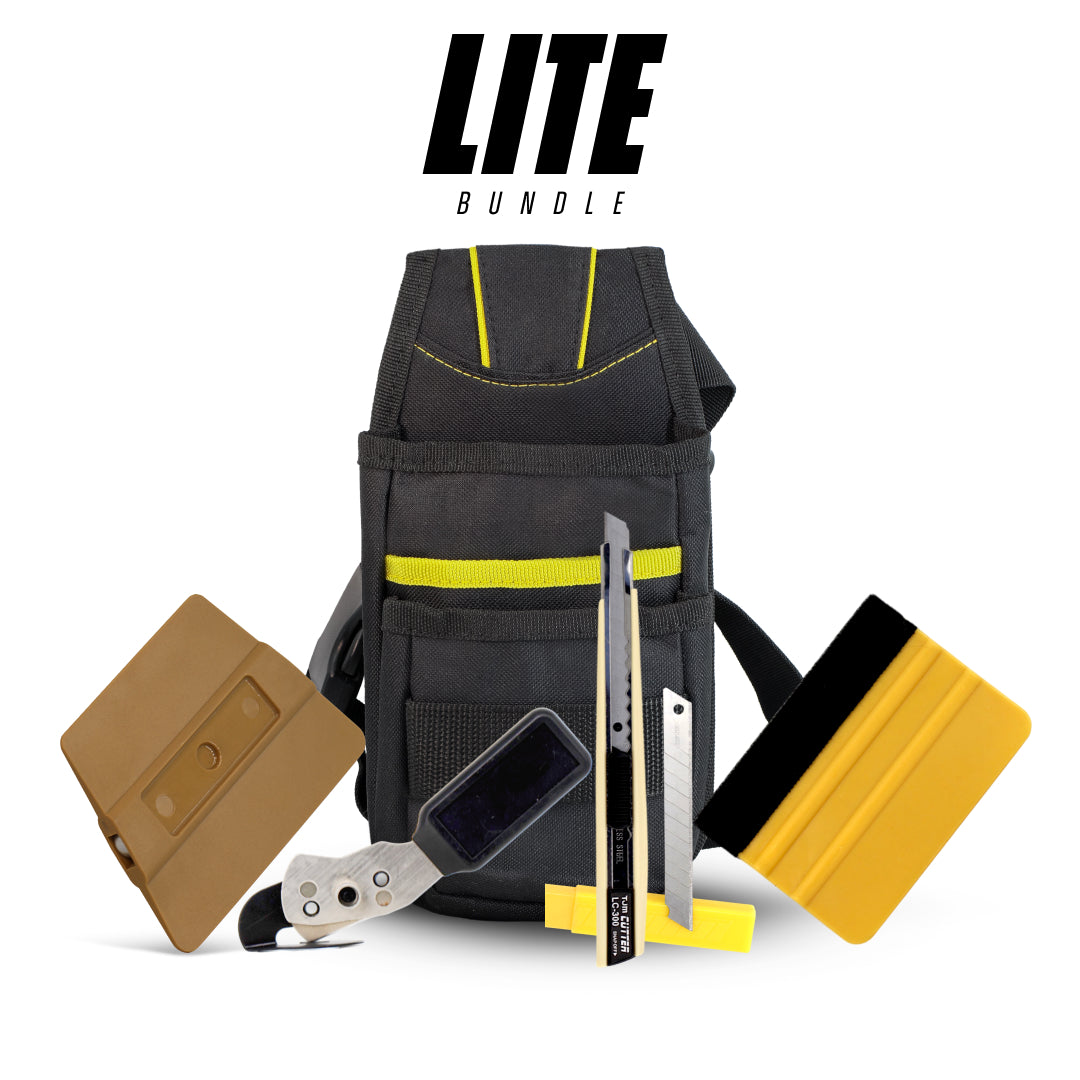
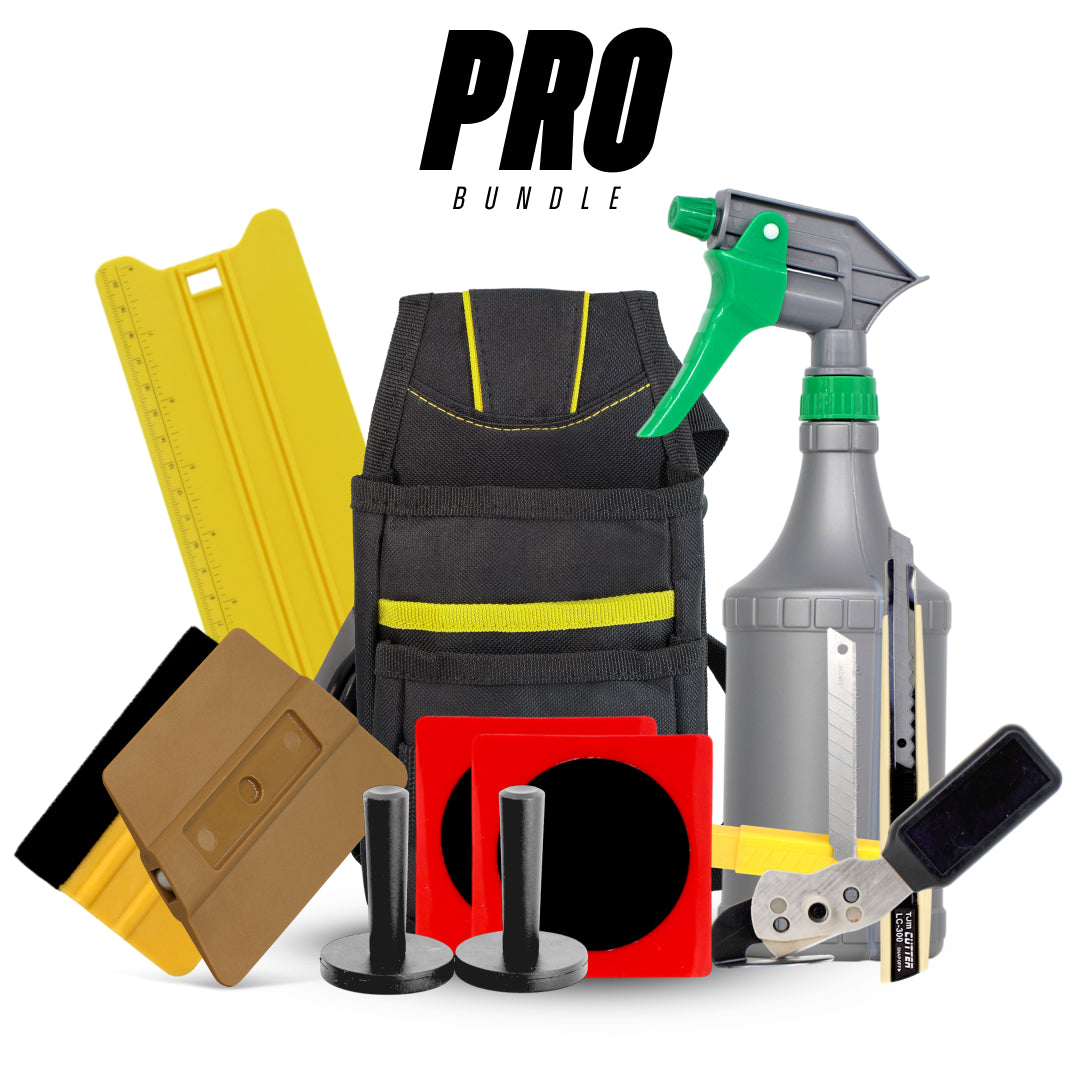
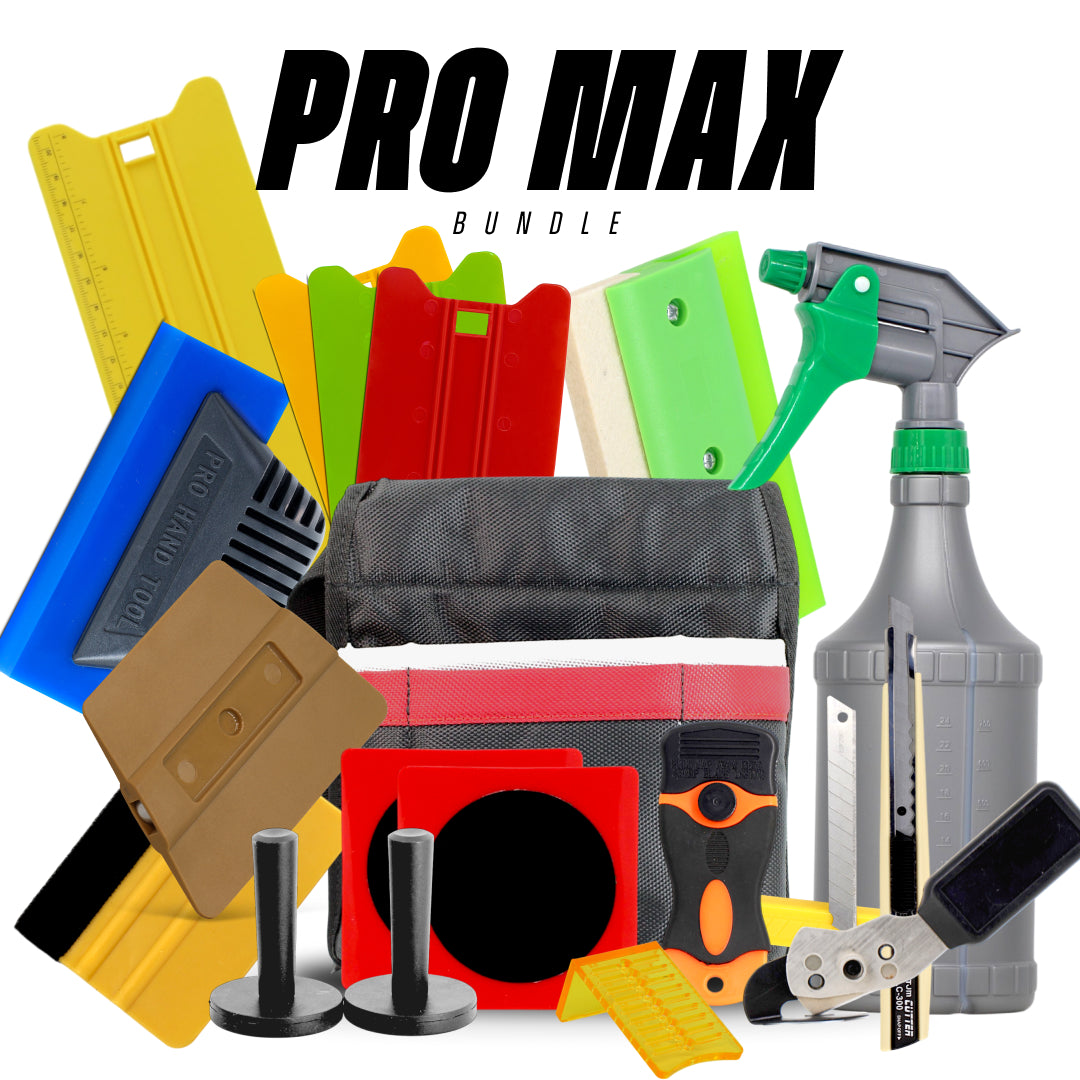
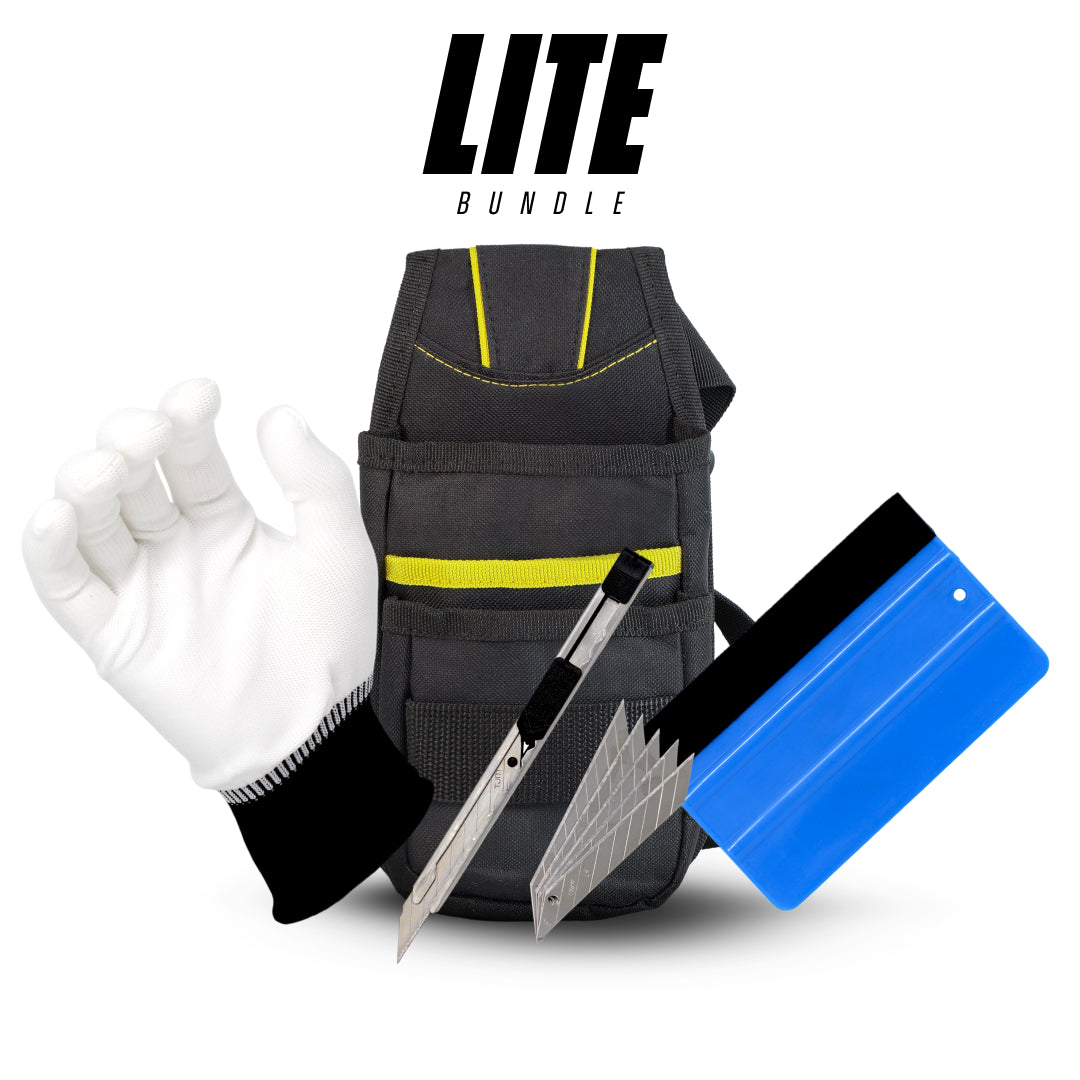
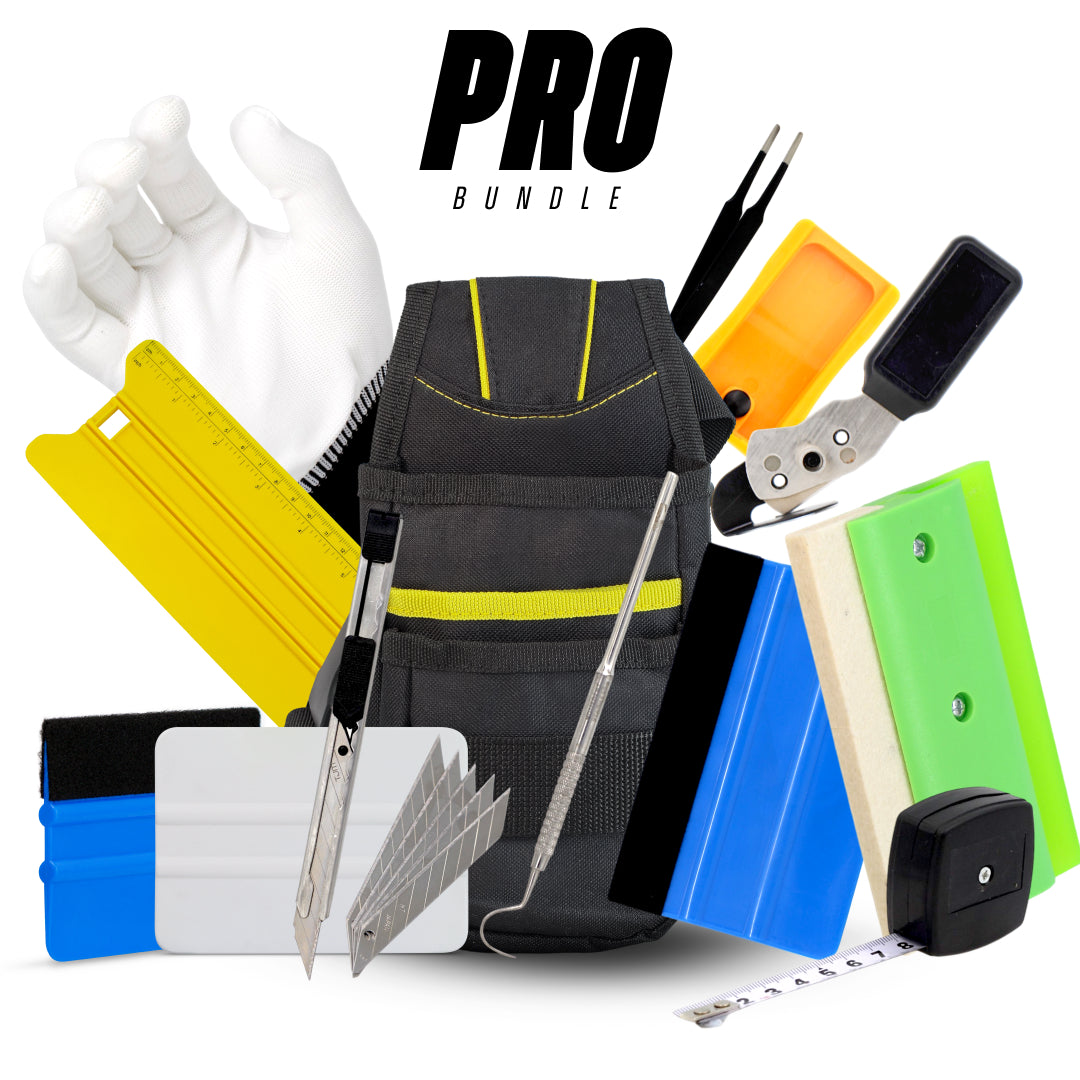
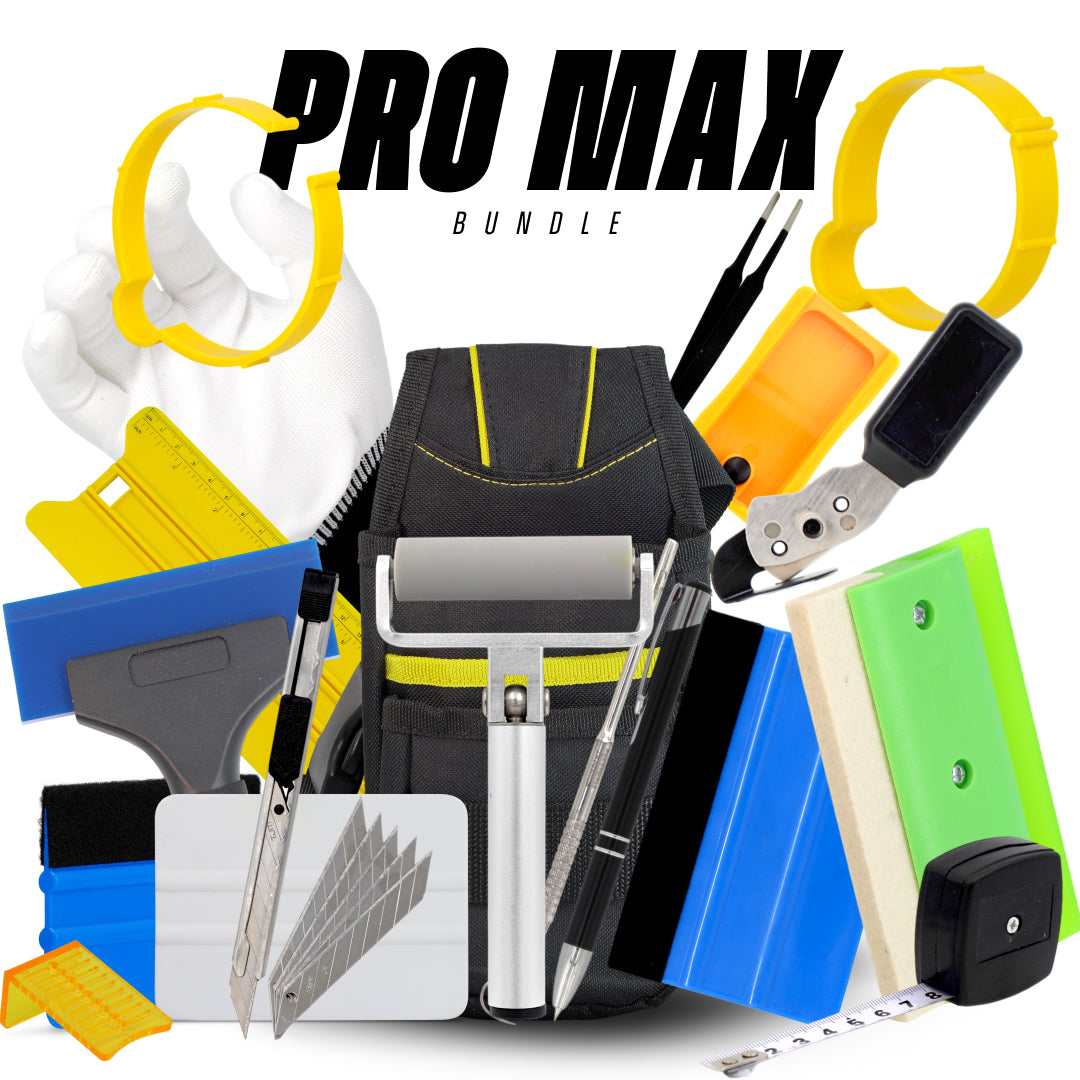




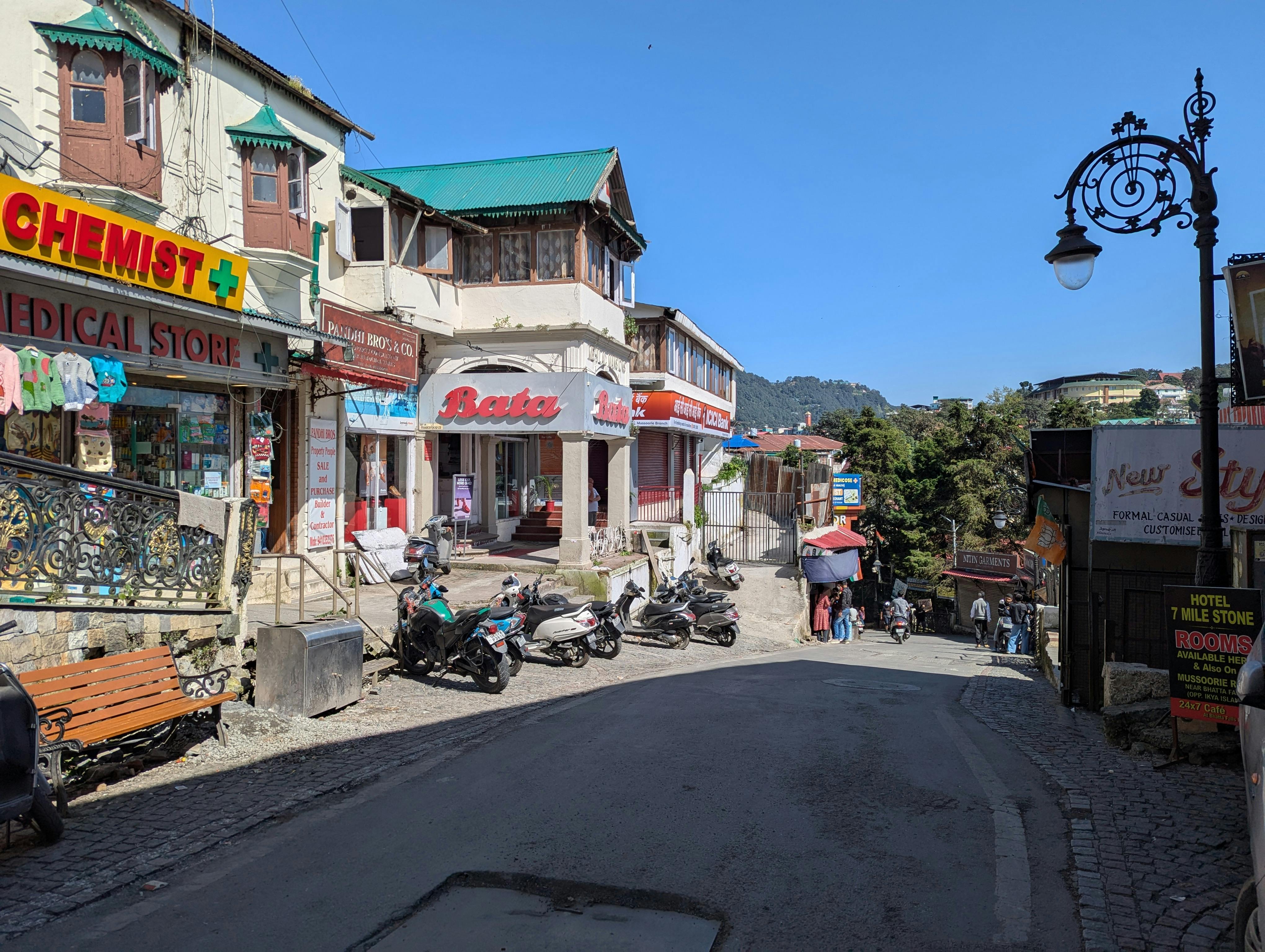
Leave a comment
This site is protected by hCaptcha and the hCaptcha Privacy Policy and Terms of Service apply.